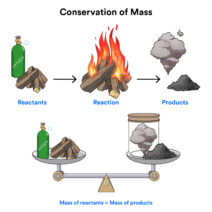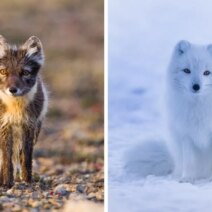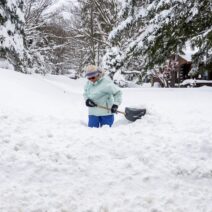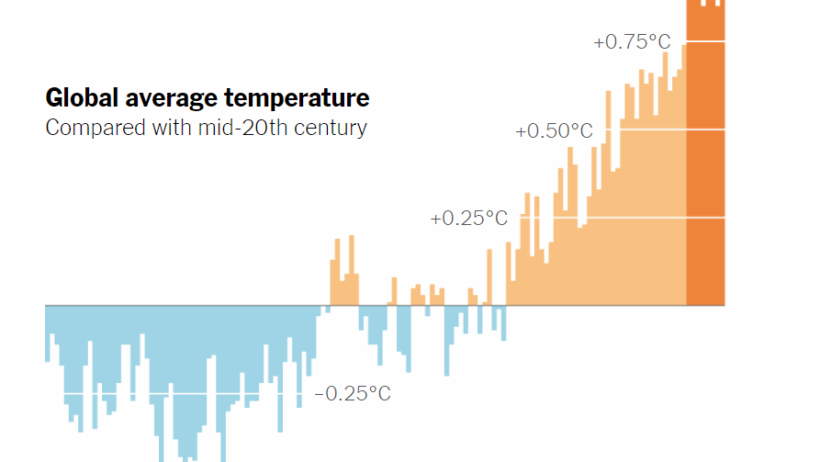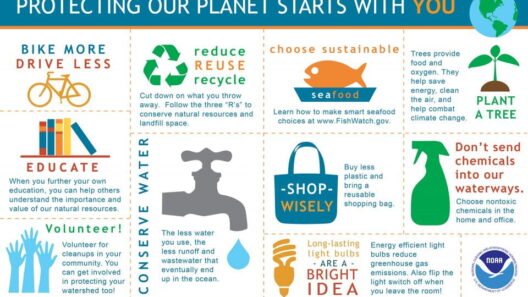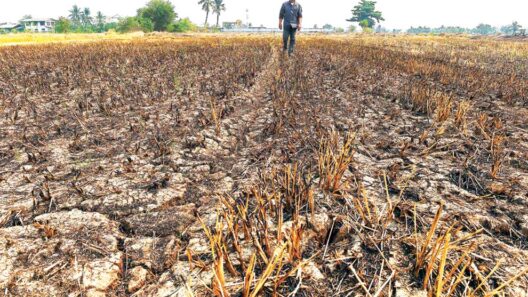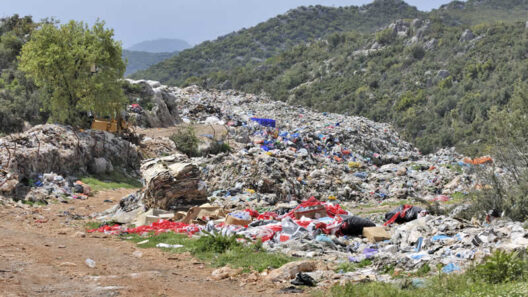The Earth’s frozen realms, often referred to as the cryosphere, play an indispensable role in our planet’s climate system. The cryosphere includes regions that are perpetually frozen, such as polar ice caps, glaciers, and permafrost. However, a profound transformation is underway—global warming is reshaping these icy bastions, leading to profound environmental implications. The plight of the cryosphere deserves scrutiny, as it holds critical insights into our planet’s health and humanity’s future.
At the heart of the issue lies the alarming phenomenon of rising global temperatures. Over the last century, human activities, particularly the combustion of fossil fuels, have exacerbated greenhouse gas concentrations in the atmosphere. This has led to a steady increase in Earth’s mean temperature, which is manifesting visibly in polar regions. The consequences are catastrophic: glaciers and ice sheets are melting at unprecedented rates, and Arctic sea ice is continuing its decline. This cycle of melting is not merely a local issue; it resonates globally, affecting sea levels, weather patterns, and biodiversity.
One of the starkest indicators of climate change is the disintegration of the Greenland ice sheet. Once considered stable and resilient, this colossal expanse of ice is now losing mass at an alarming rate. Studies indicate that it contributes significantly to global sea-level rise, endangering coastal communities across the globe. If projections hold true, the ramifications could be stark—cities like Miami, New York, and Tokyo are at risk of becoming increasingly inundated by rising tides. The interconnectedness of the cryosphere and human settlements is undeniable; the threat to one inevitably reverberates to the other.
The Antarctic ice sheet, too, is not immune to the unforgiving grip of global warming. Thwaites Glacier, often dubbed the “doomsday glacier,” has been a focal point for researchers studying climate change’s potential to reshape global coastlines. It is estimated that the collapse of this single glacier could result in a multi-meter rise in sea levels, threatening numerous nations with the loss of territory. The urgency of understanding Antarctica’s evolution is paramount; scientists are scrambling to decipher how quickly these processes will unfold and what can be done to mitigate these outcomes.
Beyond the immediate impacts on sea levels, thawing cryospheric elements also have profound repercussions for ecosystems. As permafrost thaws, it releases previously trapped greenhouse gases, primarily methane and carbon dioxide. This feedback loop is alarming. These potent gases not only accelerate global warming but also endanger local wildlife. Species adapted to cold climates, such as polar bears and seals, are struggling to find stable habitats as the ice they depend on retreats.
The implications extend to freshwater access, as glaciers serve as critical water sources for millions worldwide. For many communities, particularly those in mountainous regions, the demise of glaciers signals a crisis in water supply. With glacial retreat comes the phenomenon of glacial lake outburst floods—unpredictable catastrophes that can devastate livelihoods. As glaciers diminish, communities must adapt quickly to new realities, often with limited resources and support.
In response to these threats, global attention has refocused on both mitigation and adaptation strategies. The Paris Agreement symbolizes a collective effort to limit global warming to well below 2 degrees Celsius, with aspirations to cap it at 1.5 degrees. Such targets are essential not only for the sake of the cryosphere but for the entire biosphere. Policies promoting renewable energy sources and sustainable practices can slow the encroaching peril facing our planet’s frozen regions. Transitioning to a circular economy can minimize waste and reduce the carbon footprint, while conservation efforts can protect vulnerable ecosystems from the ravages of climate change.
Yet, adaptation remains equally vital. Strategies must account for the vulnerabilities communities face due to the changes in their environments. It is critical to bolster the resilience of infrastructures against impending sea-level rise and extreme weather events. Rebuilding coastal ecosystems such as mangroves and wetlands can serve as natural barriers against storm surges, while also providing vital habitats for countless species.
Education and awareness are paramount to galvanizing action against climate change. As citizens become informed about the ameliorative strategies available, they can advocate for policies and practices that prioritize sustainability. Community engagement can inspire local initiatives aimed at reducing individual carbon footprints, from energy-efficient practices at home to supporting local, sustainable businesses.
The cryosphere’s crumbling signifies more than just the loss of ice; it is a litmus test for humanity’s stewardship of the planet. The interplay between climate action and the fate of the cryosphere calls for a profound reevaluation of priorities. The delicate balance of Earth’s systems hangs in the balance, and a shift in perspective is necessary—one that recognizes the interconnectedness of the cryosphere with global health.
In conclusion, the future of the cryosphere is not preordained. Through commitment to change, concerted actions can slow the rapid decline of our frozen landscapes. By understanding the implications of our actions, fostering global cooperation, and advocating for systemic change, we can help sustain these vital climate regulators for generations to come. The melted waters of glacial streams that once flowed freely remind us of what is at stake, and the time for action is now, for the cryosphere, and indeed for our planet as a whole.
